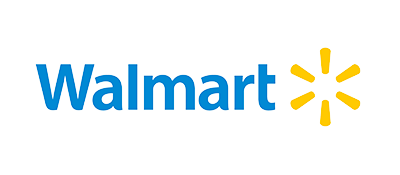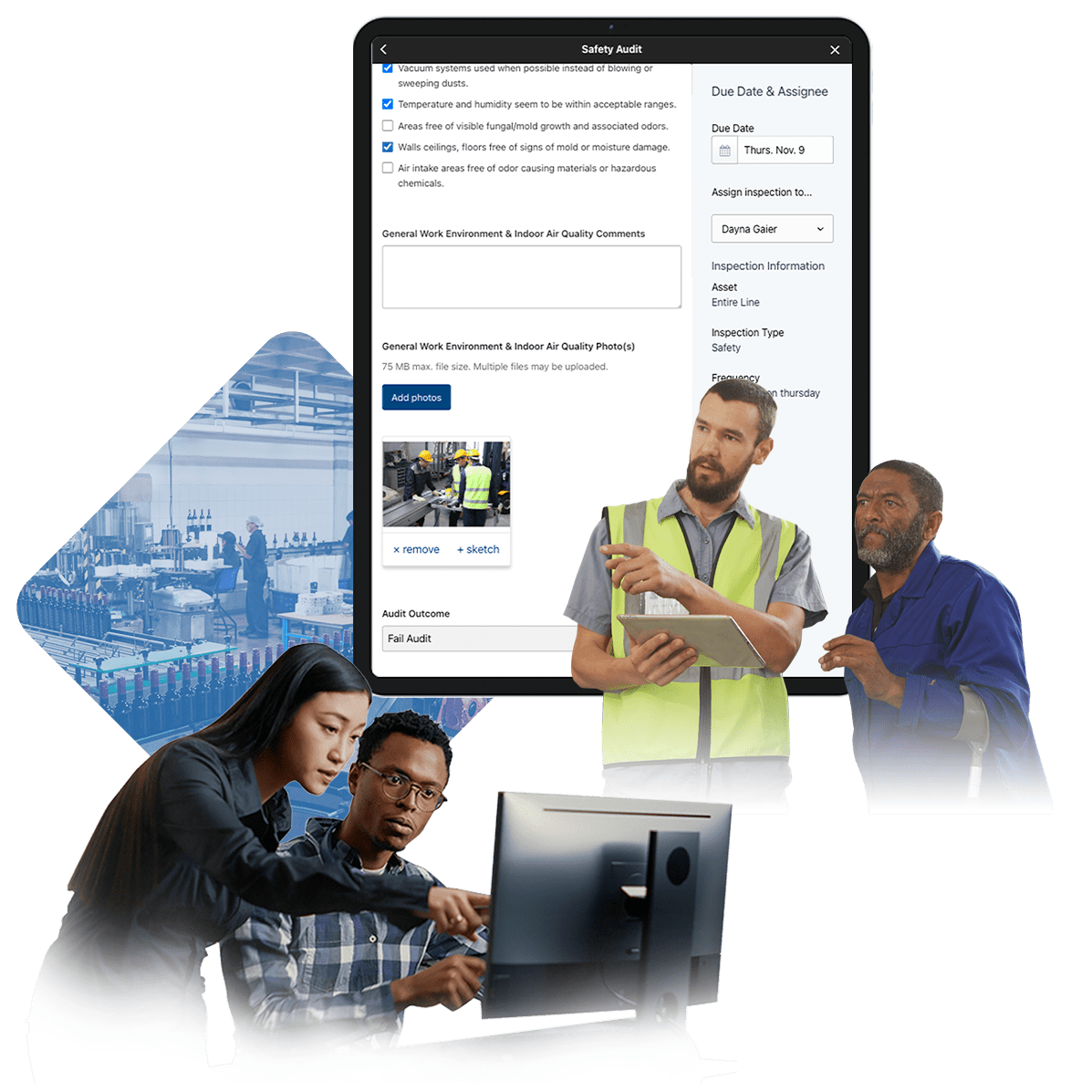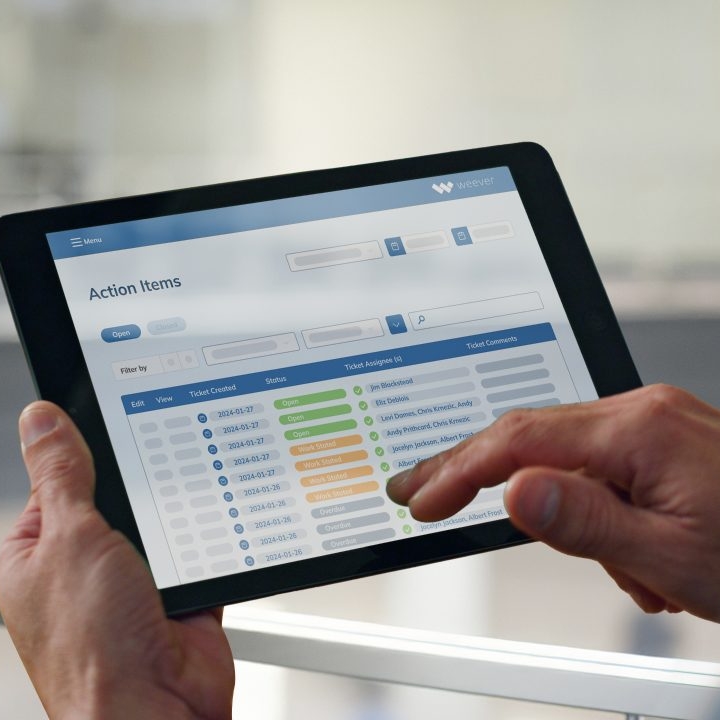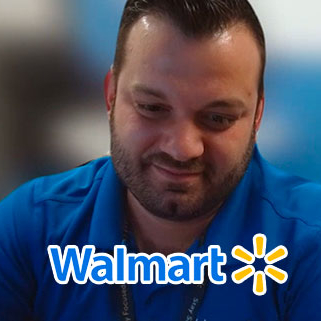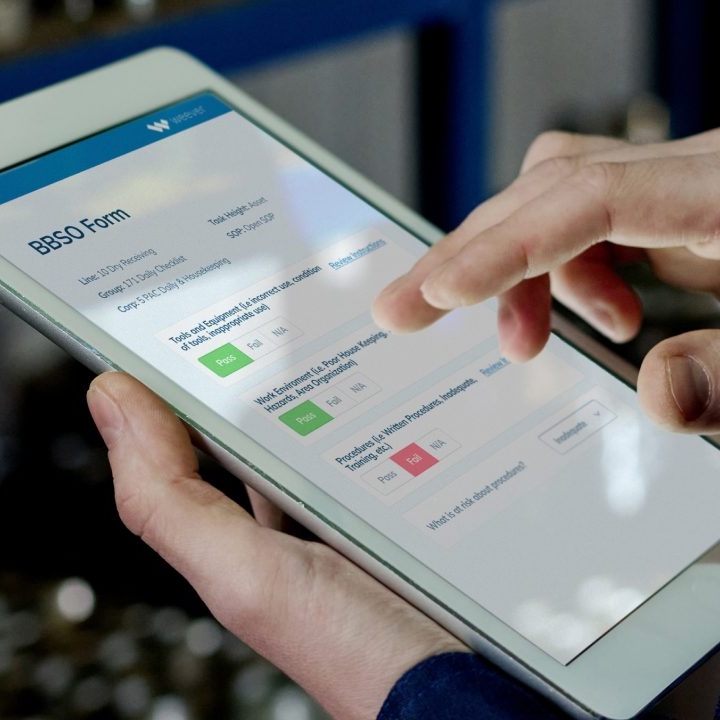Standardizing CIL Standard Operating Procedures (SOPs) with Weever
Discover how Weever simplifies and standardizes CIL SOPs for manufacturing plants, improving equipment maintenance, reducing downtime, and boosting efficiency.
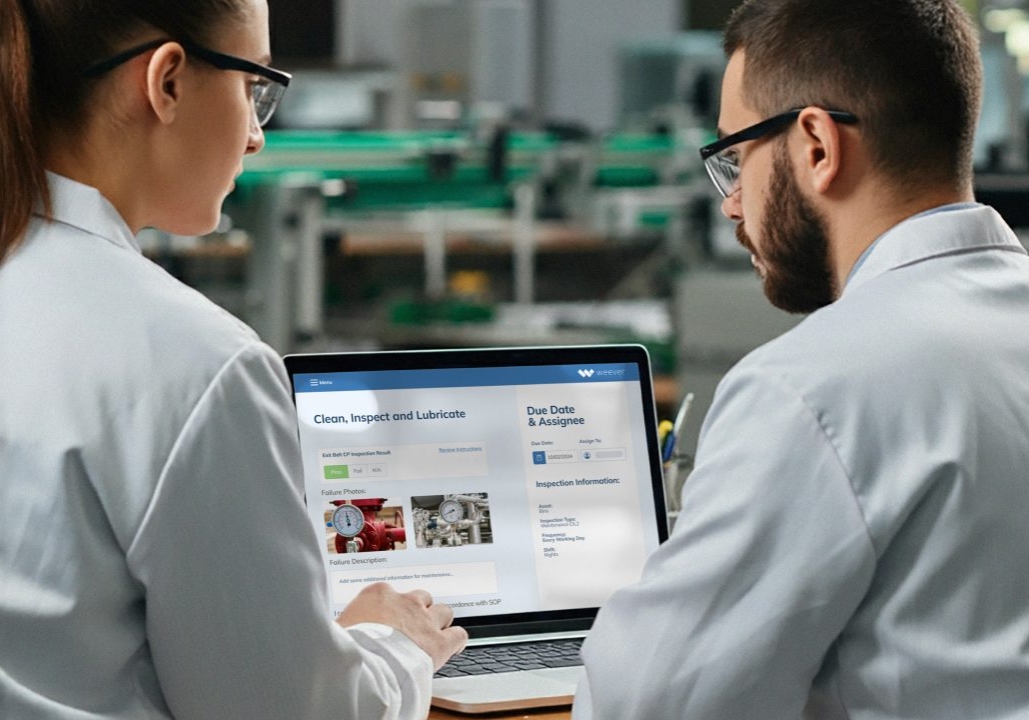
Maintaining equipment through regular cleaning, inspection, and lubrication (CIL) is critical for ensuring optimal performance and minimizing downtime in the manufacturing industry. To achieve consistency and precision in these tasks, it is essential to have CIL Standard Operating Procedures (SOPs). SOPs provide clear, step-by-step instructions that guide operators in performing essential maintenance tasks, ensuring compliance with industry regulations, preventing equipment failure, and improving overall operational efficiency.
However, the challenge many manufacturing plants face is ensuring that these SOPs are followed consistently across teams, shifts, and locations. This is where Weever software plays a crucial role in standardizing CIL SOPs and providing the tools to ensure that they are adhered to consistently and effectively.
In this blog post, we’ll explore how Weever helps manufacturing companies standardize CIL SOPs, ensuring that operator-led maintenance is carried out efficiently and according to best practices.
Putting the ‘S’ in CIL SOPs
One of the key challenges in standardizing CIL SOPs across a manufacturing plant is the complexity of maintaining consistency. Different operators may interpret instructions differently, or teams across shifts may use varied approaches to the same tasks. Weever simplifies the process of creating and managing CIL SOPs, ensuring that everyone follows the same procedures, regardless of the team or shift.
Intuitive Platform for Easy SOP Creation
Weever’s platform makes it easy for manufacturing plants to create detailed CIL SOPs with minimal effort. Its user-friendly interface allows maintenance managers to document every step of the cleaning, inspection, and lubrication process, ensuring that all necessary tasks are covered comprehensively. CIL checklists can be easily digitized and attached to each SOP, ensuring that operators know exactly what needs to be done.
For example, in a car parts manufacturing plant, operators can access digital CIL SOPs for maintaining critical machinery such as CNC machines or robotic arms. Each SOP provides step-by-step instructions for cleaning and lubricating the equipment, ensuring consistent maintenance practices across teams.
Seamless Access to SOPs for Operators
Weever ensures that frontline workers can quickly access the CIL SOPs they need to perform their tasks. With digital instructions available on mobile devices or workstations, operators can review the procedures and complete tasks without needing to search through physical documents or manuals. This streamlines the process, allowing them to focus on the tasks at hand and reducing the likelihood of errors.
In another example, frontline operators in a packaged foods manufacturing facility can use Weever’s platform to access CIL SOPs for maintaining mixers, slicers, and conveyors. The SOPs outline specific cleaning standards, inspection routines, and lubrication schedules, ensuring that equipment is compliant with strict food safety guidelines.
Ensuring SOP Compliance Through Automation
Creating CIL SOPs is only the first step. Ensuring that they are followed consistently requires automation and clear action items. Weever automates the distribution and execution of CIL tasks, assigning specific actions to operators and ensuring that no task is overlooked.
Automating the Distribution of CIL SOPs
Weever automates the scheduling and distribution of CIL tasks, ensuring that operators receive their assignments based on predefined intervals or equipment usage. This automation eliminates the need for manual oversight and ensures that tasks are always completed on time, in line with the CIL SOPs.
For instance, in a manufacturing plant that produces packaging materials, Weever automatically assigns cleaning and lubrication tasks for the rollers and presses used in production. Operators are notified when tasks are due, and the digital CIL SOP guides them through the maintenance steps.
Assigning Clear Action Items to Operators
Weever ensures that each operator receives clear action items based on the CIL SOPs. These tasks are displayed on the operator’s dashboard, allowing them to see what needs to be done, when it needs to be done, and how to do it. This clarity reduces confusion and ensures that CIL tasks are completed precisely as specified in the SOPs.
For example, a manufacturing facility that produces automotive components can use Weever to assign specific cleaning tasks to operators at the end of each shift. The CIL checklist includes detailed steps on how to clean machinery, inspect for wear, and lubricate moving parts, ensuring that the equipment is ready for the next shift.
Monitoring Compliance and Performance
Once CIL SOPs are implemented, it is essential to monitor their effectiveness and ensure that operators are following them consistently. Weever’s insights and real-time reporting features give manufacturing managers full visibility into how well CIL tasks are being performed and where improvements can be made.
Tracking CIL Compliance and Performance
Weever tracks the completion of CIL tasks in real time, allowing managers to monitor whether operators are adhering to the standard operating procedures. If tasks are missed or incomplete, managers receive alerts and can take corrective action before equipment failure occurs. This level of oversight ensures that preventive maintenance by operators is completed on time and to the required standard.
For example, in a plastics manufacturing plant, Weever tracks the cleaning and lubrication of extrusion machines. If an operator fails to complete the task by the scheduled time, the system alerts the maintenance manager, who can investigate the issue and ensure that the task is completed before the machine is put back into production.
Analyzing Trends for Continuous Improvement
Weever provides valuable insights into how well CIL SOPs are being followed and how maintenance practices can be optimized. By analyzing trends in compliance and identifying recurring issues, manufacturing plants can adjust their maintenance schedules or provide additional training to operators where necessary.
For instance, in a steel production facility, Weever’s insights might reveal that lubrication tasks are often delayed due to high production demands. Based on this data, the maintenance team can adjust the lubrication schedules to occur during planned downtime or slow periods, ensuring that equipment is properly maintained without disrupting production.
A Structured Approach to SOP Implementation
Introducing standardized CIL SOPs across a manufacturing plant requires careful planning and execution. Weever provides a structured rollout methodology that ensures a smooth transition from manual processes to digital CIL management, minimizing disruption and ensuring quick adoption by frontline workers.
Phased Implementation for Seamless Transition
Weever’s rollout process is designed to be phased, allowing manufacturing plants to gradually introduce digital CIL SOPs without disrupting operations. Teams can start with one department or piece of equipment, perfect the process, and then expand to other areas of the plant. This approach ensures that operators have time to adapt to the new system without feeling overwhelmed.
For example, a tire manufacturing plant might begin by digitizing the CIL SOPs for its rubber-mixing machines. Once the operators are comfortable using Weever to manage their CIL tasks, the plant can expand the system to cover its extruders, molds, and curing equipment.
Comprehensive Training and Support
Weever provides CIL training for operators, ensuring that they understand how to use the platform and follow the standardized procedures. The training covers everything from accessing CIL checklists and following SOPs to using visual controls for CIL and tracking tasks through connected worker platforms.
This hands-on training helps standardize CIL practices across the plant, ensuring that every operator follows the same procedures, regardless of their experience level.
Another example: In a metal fabrication plant, Weever provides CIL training for operators responsible for maintaining CNC machines. The training ensures that all operators follow the same lubrication schedules and cleaning standards, reducing wear and tear on the machines and preventing breakdowns.
Standardizing CIL SOPs with Weever for Manufacturing Success
Equipment reliability and efficiency are critical to maintaining production quality and minimizing downtime. By standardizing CIL SOPs through Weever, manufacturing plants can ensure that operator-led maintenance is performed consistently and accurately, reducing the risk of equipment failure and improving overall operational efficiency.
Weever’s intuitive platform, automated workflows, real-time reporting, and structured rollout methodology make it the ideal solution for standardizing CIL practices in manufacturing. From creating clear, actionable SOPs to tracking compliance and optimizing performance, Weever helps manufacturing plants maintain their equipment, reduce costs, and achieve long-term success.
For manufacturing plants looking to standardize their CIL SOPs and improve their maintenance practices, Weever provides the tools and support needed to streamline operations and ensure that every task is completed to the highest standard.
Explore how Weever simplifies CIL SOPs to enhance maintenance, reduce downtime, and improve efficiency. Discover more.
Explore how Weever simplifies CIL SOPs to enhance maintenance, reduce downtime, and improve efficiency. Discover more.
Continue Reading
"Having cloud-based forms on devices around the facility makes them so much more accessible, which makes it painless for operators to quickly provide a report."
Johanna Velez, VP Quality Assurance

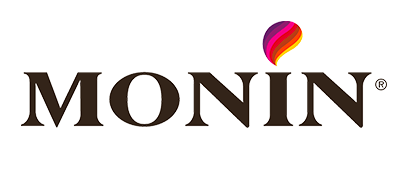
"Weever is really user friendly and will have a massive positive impact on our operations and training team."
Mel Cadle - Op Ex Lead Process Engineer

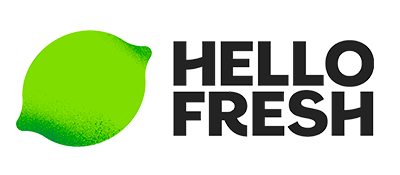
"It's shifted our safety culture because now we are much more focused on what we should be looking at."
Kody Crossen, Operations Manager of EHS

